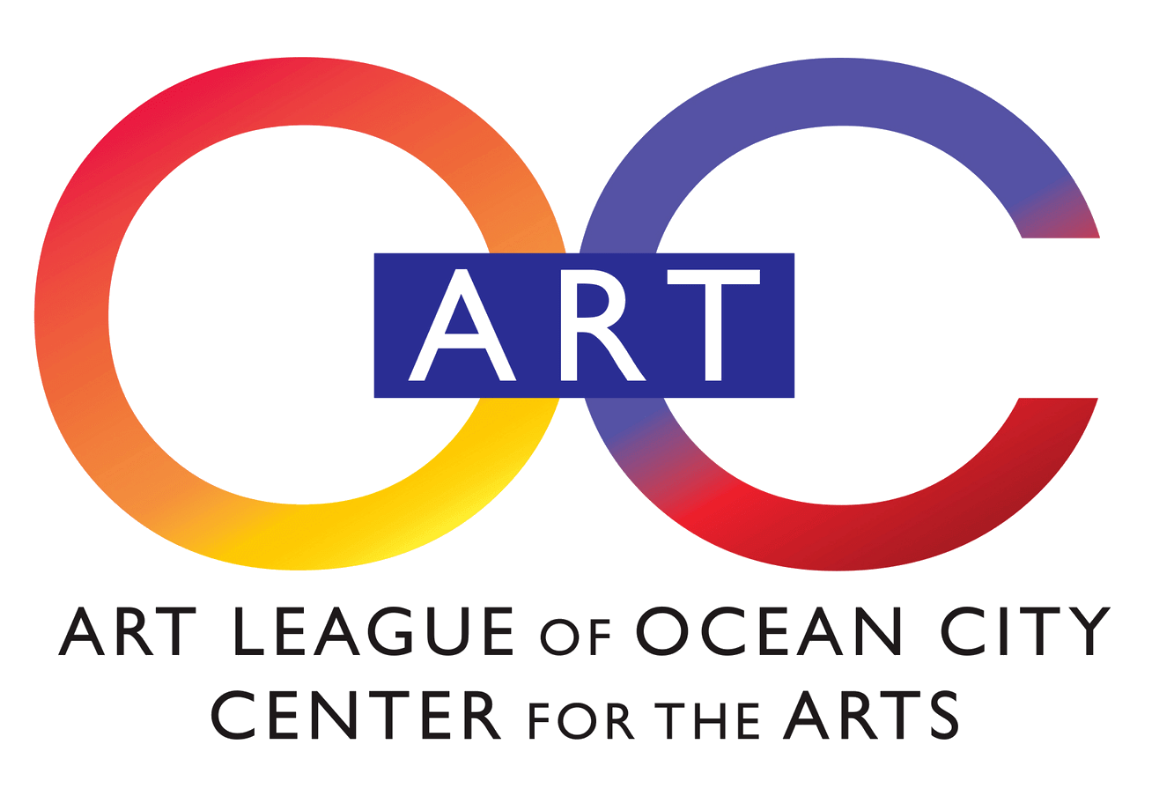
Artist Statement:
Gandhi Hurwitz’s artistic journey is a testament to the transformative power of passion and learning in the field of photography. Starting with a simple Christmas gift of a camera at the age of ten, Hurwitz’s early exposure to photography was nurtured by his mother, an amateur photographer, and further influenced by the students of his father, a college professor. This blend of familial and academic environments provided a unique foundation for his creative development.
Hurwitz’s exploration of black and white film photography and darkroom techniques marked a significant phase in his artistic evolution. The pivotal moment, however, came with his encounter with Ansel Adams’ book “The Print.” Adams’ philosophy resonated deeply with Hurwitz, particularly the idea of “painting with light” and making rather than taking pictures. This epiphany steered Hurwitz towards a more impressionistic approach to photography, where the aim was to capture and communicate the essence of his emotional experiences rather than just the visual details.
This approach reflects in his desire to go beyond mere memorialized snapshots. Hurwitz aspires to use his camera as a tool to express what his heart feels, often finding that the camera can see things more intriguingly than the eyes can. His work, therefore, is an artistic endeavor to bridge the gap between visual perception and emotional expression.
Influenced by a diverse range of artists like Ansel Adams, Andrew Wyeth, Rembrandt, Robert Mapplethorpe, Frida Kahlo, and Kevin Fleming, Hurwitz’s style is a confluence of various artistic philosophies and techniques. Each of these influences, along with the books, films, and people he has loved, contributes to the unique way he perceives and captures the world around him. This eclectic mix of influences underscores Hurwitz’s commitment to exploring the depths of photography not just as a form of visual documentation, but as a medium for profound artistic expression.



